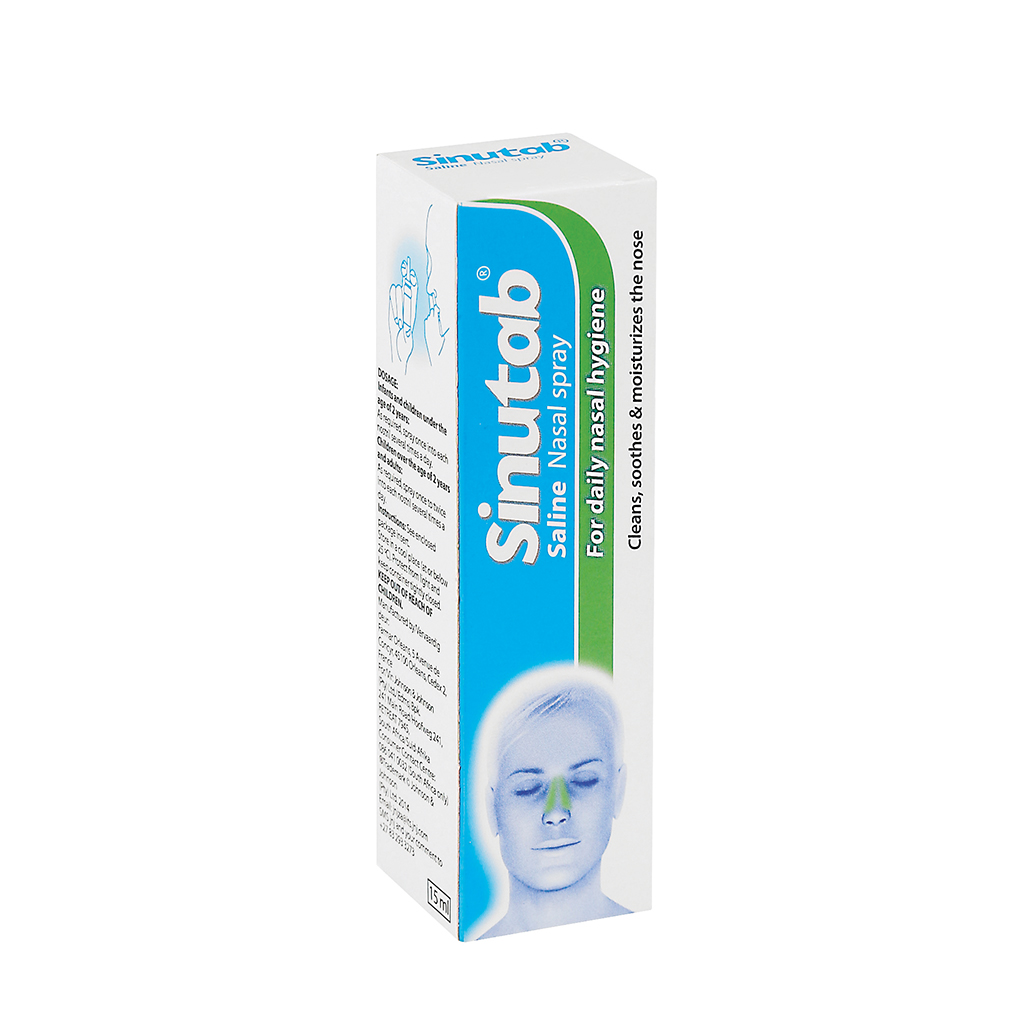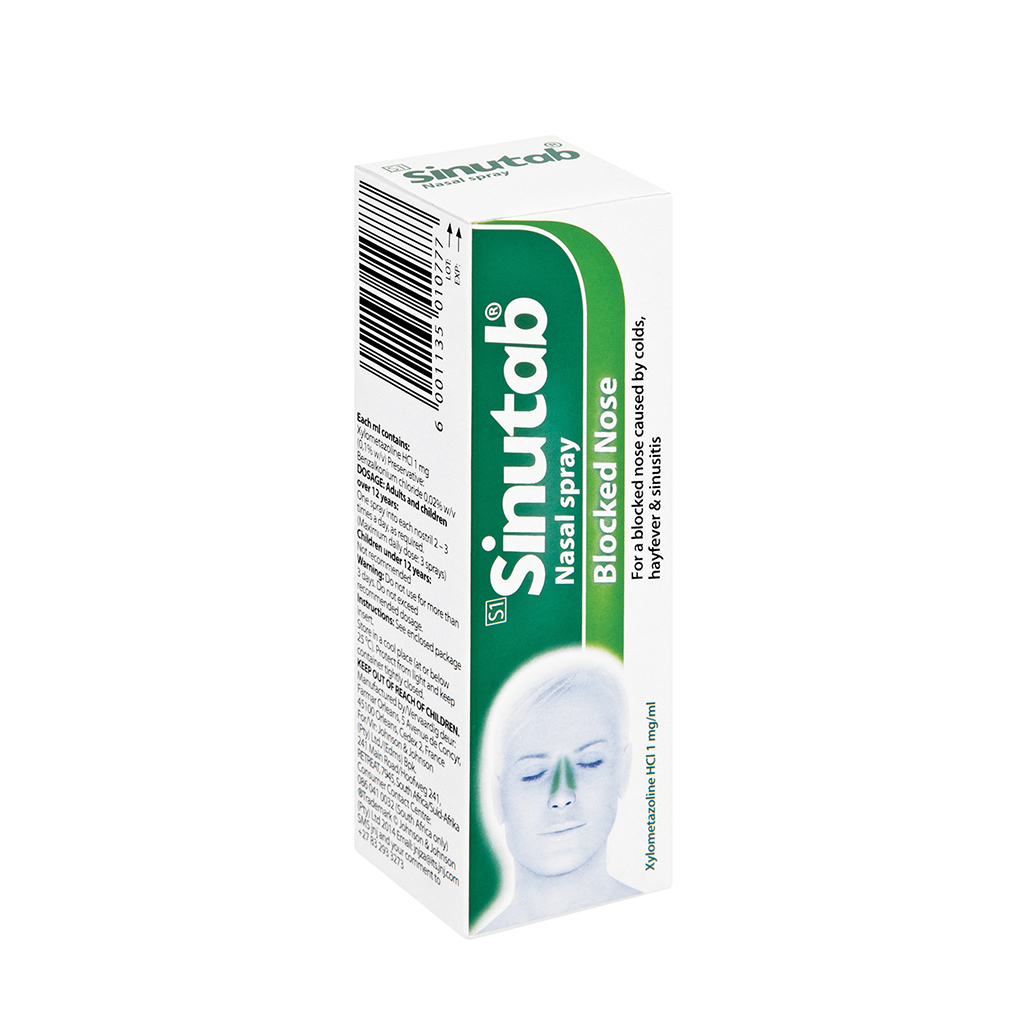What are Allergies?
11794_website_cover_banner_1474x385.png

Allergies occur when a patient's immune system has a hypersensitive response to a substance that the body comes into contact with10.
These substances, called allergens, can be found in food, drinks or the the environments10.
They include materials such as:
- Pollen
- Mould
- Pet dander
- Nuts
- Dust
- Bee venom
How to spot allergies:
The body's natural reactions to dust and pollen allergies include10:
- Sneezing
- Blocked nose/ congestion
- Itchy eyes and nose
- Runny nose
- Swollen and watery eyes
- Coughing
There are ways to draw the distinction between allergies and a suspected cold or virus. If the congestion lasts for more than two weeks; if the eyes, nose, and the top of mouth itch; if the mucus is thin and clear; ir if there is an absence of fever and aches is another clue that it's probably allergies and not a cold or other virus11.
How allergies cause sinusitis:
Sinusitis usually develops because allergies cause the passages of your nose and sinuses to swell to flush out "allergens". The inside of your nose and sinuses often swell up as you breathe in those triggers. The inflammation blocks mucus from draining, which can cause an infection - not to mention pain and pressure12.


